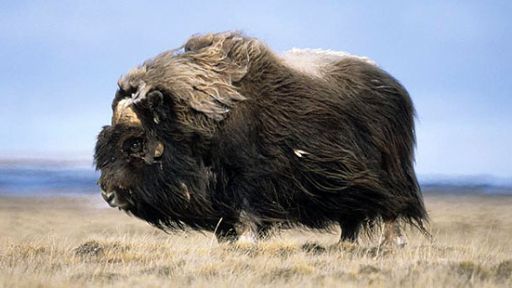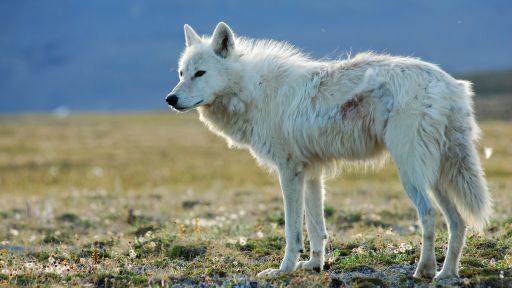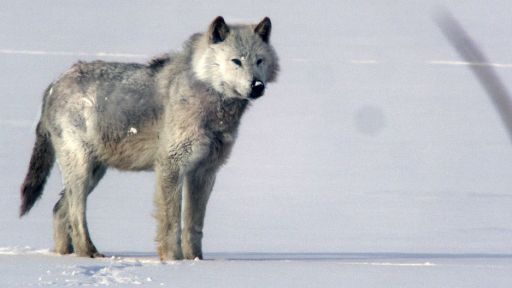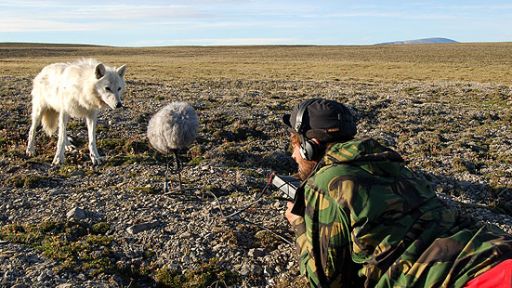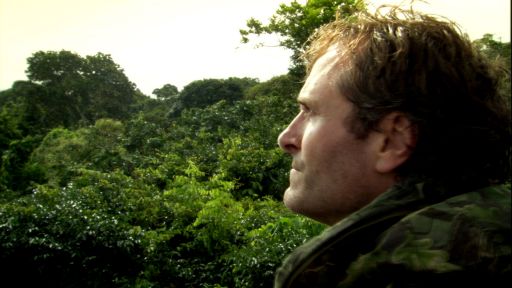It isn’t very often that I get asked to conduct an expedition to the High Arctic and get paid for it.
So when the BBC Natural History Unit in Bristol asked me if I would be their Arctic field expert, I jumped at the chance.
Not only was this a fantastic opportunity (and very welcome having turned “professional explorer” in October of last year) but I would also be working alongside a group of people I had long admired for their tenacity and resilience in producing some of the world’s most amazing wildlife documentaries.
The programme series is BBC 2’s The Natural World and this particular programme would follow two Arctic species – gyrfalcons and wolves – and has a working title: Sisters of the Snow.
I found out very early on that senior producer Fergus Beeley would constantly pick my brains (in the nicest possible way) about where I had seen wolves previously.
So, the plan was for Harry (programme producer and ardent naturalist) and me to carry out reconnaissance on an area I had been to on Ellesmere Island – the largest, and one of the most northerly islands in the Canadian High Arctic.
I had encountered Arctic wolves here several times before.
Beneath the cloud
As is often the way when travelling in the Arctic, our flights north from Resolute Bay, the last staging point and second most northerly community, were delayed by bad weather for two whole days which we found very frustrating; but on the third attempt Harry (now known as “H”) and I were off at last.
As we went further west, the cloud became visibly thicker until just before our refuelling stop, it was an absolute pea-souper! I thought this was it; we’d be flying back to Resolute for sure.
The pilot, Paul (not someone with whom I had flown before) turned the aircraft seaward and spiralled downward almost into the ground it seemed.
I shouted to “H”: “He must be trying to get beneath the cloud” and sure enough he was, and did so very successfully. We had made it to Grise Fiord, the most northerly community in Canada. After a quick refuel we were heading north.
We had asked the pilot to fly up and back a couple of times over the area before we landed to see if anything would give us a clue to the whereabouts of a wolf den.
Musk oxen and Arctic hares were plentiful. Both of these are wolf prey, so we knew the possibility was there.
Negotiating the ice
“H” told me later that research has shown that a typical hunting area for a pack could be as large as 1,000 sq km; so our chances of finding a wolf den were very slim but we were determined to give it a real go.
Twenty minutes later, Paul was looking for a landing spot on the fjord ice just near to the peninsula we had surveyed.
The ice looked decidedly wet and dodgy to me, but after three practice runs and some steep low banking, Paul placed the aircraft down between two cracks, about a metre or so either side of the wing tips. He knew his stuff!
We unloaded all of our gear, which seemed like a huge amount, and then carefully lowered the all-terrain vehicle (ATV) on to the ice.
The problem now was how to get from the sea ice to the land. The cracks Paul landed between were very deep and about three-quarters of a metre wide, just too wide for the tyres of the ATV.
So we had to travel up and down the crack until we found a place just wide enough. Having done this two or three times with different cracks, we reached the stony beach; and then went back for the second load.
Meanwhile, Paul had taken off and was flying back to civilisation. We were on our own, left to take in this spectacular, silent and tranquil wilderness.

